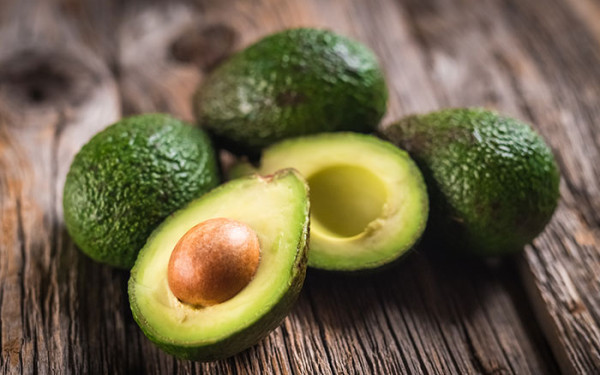At times, we can get stuck into our routines, even if something is a hobby, we can become set in our ways. Why not try your hand at a new challenge by growing something a bit different? So here’s a guide to growing avocados.
Fruit for fuel
Persea americana, more commonly known as avocados have seen a tremendous rise in popularity over the past few years, with sales of them skyrocketing. The increase in demand is partly due to them being hailed as a superfood because they are a great source of nutrients and antioxidants including vitamins A, C, D, E and K as well as copper, manganese, and iron. They are also loaded with healthy fats, in fact they are one of the fattiest plant foods, but it’s not bad fat at all. The fat that this fruit contains is mainly oleic acid which has been linked with reducing inflammation and even reducing the risk of coronary heart disease.
Not only do they pack a punch with their nutritional benefits, but they taste great too with avocado on toast and guacamole becoming engrained in many people’s diets, my personal favourite is tuna and avocado sandwiches!

Sow from seeds
These fruits are native to central America, so they are used to warmth, plenty of sunshine and moisture when growing, so you may be surprised that avocados can be grown in the UK.
Avocados can be grown for their foliage with the sole purpose of them being a beautiful houseplant. This can be done by simply buying the fruit from a supermarket, enjoying the fruit in your meals and keeping the stone to plant up.
Due to their native environment being humid and moist, they can be encouraged to germinate by piercing the stone with 4 toothpicks, situated so the stone is suspended above a cup of water. The pointed side of the seed should be facing upwards and the rounded base of the stone slightly touching the surface of the water. It’s important to keep the water level topped up so the rounded bottom of the seed is touching the liquid, then after around 6 weeks, roots will start to develop. Once the seed has germinated and roots appear, the plant can be potted into a pot filled with moist, all-purpose compost.
When potted, place the germinated seed in a sunny spot – a windowsill with plenty of sun is a perfect position.

Fruiting favourites
They make attractive houseplants, but they can be grown successfully for fruit in the UK too. However, if you’re wanting to grow with the purpose of producing fruit, a variety that is cold hardy will be more likely to give results.
Avocado trees are split into three subspecies – West Indian, Guatemalan or Mexican and it’s said that Mexican types are the most cold hardy. The common avocado that you buy at the supermarket are most likely the variety ‘Hass’, which are from the group of Guatemalan avocados.
Once the plant has been transferred from the water container to a small pot with compost and has reached approximately 30cm tall, it can be cut down to around 15cm. This will encourage the growth to be bushy rather than tall and leggy. Then, once the roots have filled the pot it germinated in, the plant can be transplanted into its final home which should be the largest pot that you have room for in the growing space.
For plants you hope to fruit, providing it with plenty of sunlight, humidity, and fertile soil in an environment like a greenhouse or conservatory will increase the likelihood of fruit.

For a fruitful harvest
Avocado trees can take up to 10 years to successfully produce fruit. When growing this plant indoors in a greenhouse or conservatory, it’s important that they get the chance to pollinate. So, once they begin to flower, which happens in April and May, windows or doors need to be opened to encourage pollinators such as bees in. Alternatively, you can place the plants outdoors when it is sunny, ensuring they are back indoors in a warm spot for the rest of the time.
Another option when the plants flowers is to hand pollinate and make gentle, but direct contact between the pollen and the stigma by taking a male flower and touching it to a female flower. The female flower can be identified because it has a stigma that stands alone in the centre of the flower whereas the male flower has many anthers which have the role of releasing pollen.
I did say it was a challenge – but if you are successful and get fruits, it’ll be well worth the wait when you have delicious avocados to use in your dishes that can be harvested in the summer.


Leave A Comment